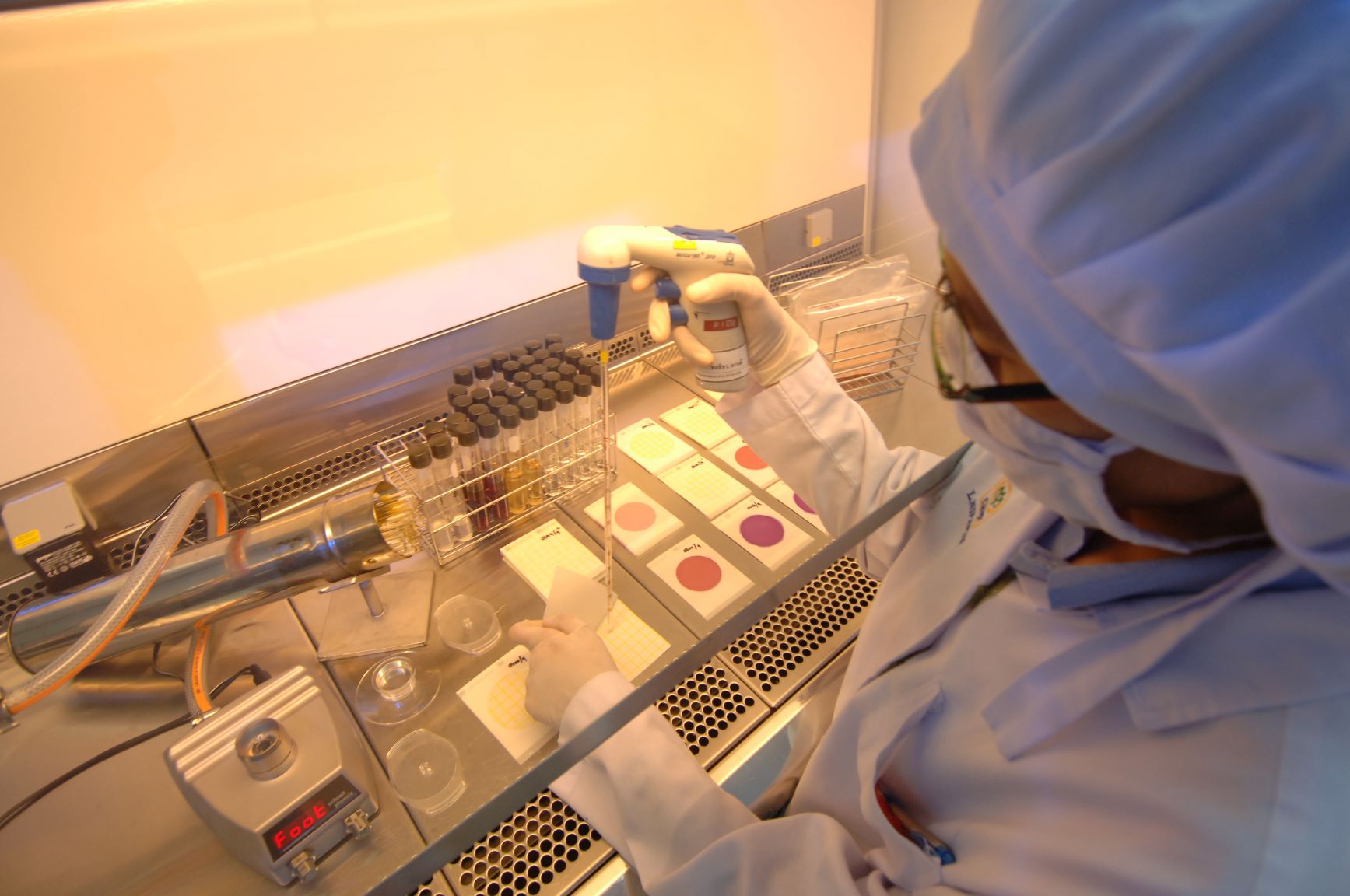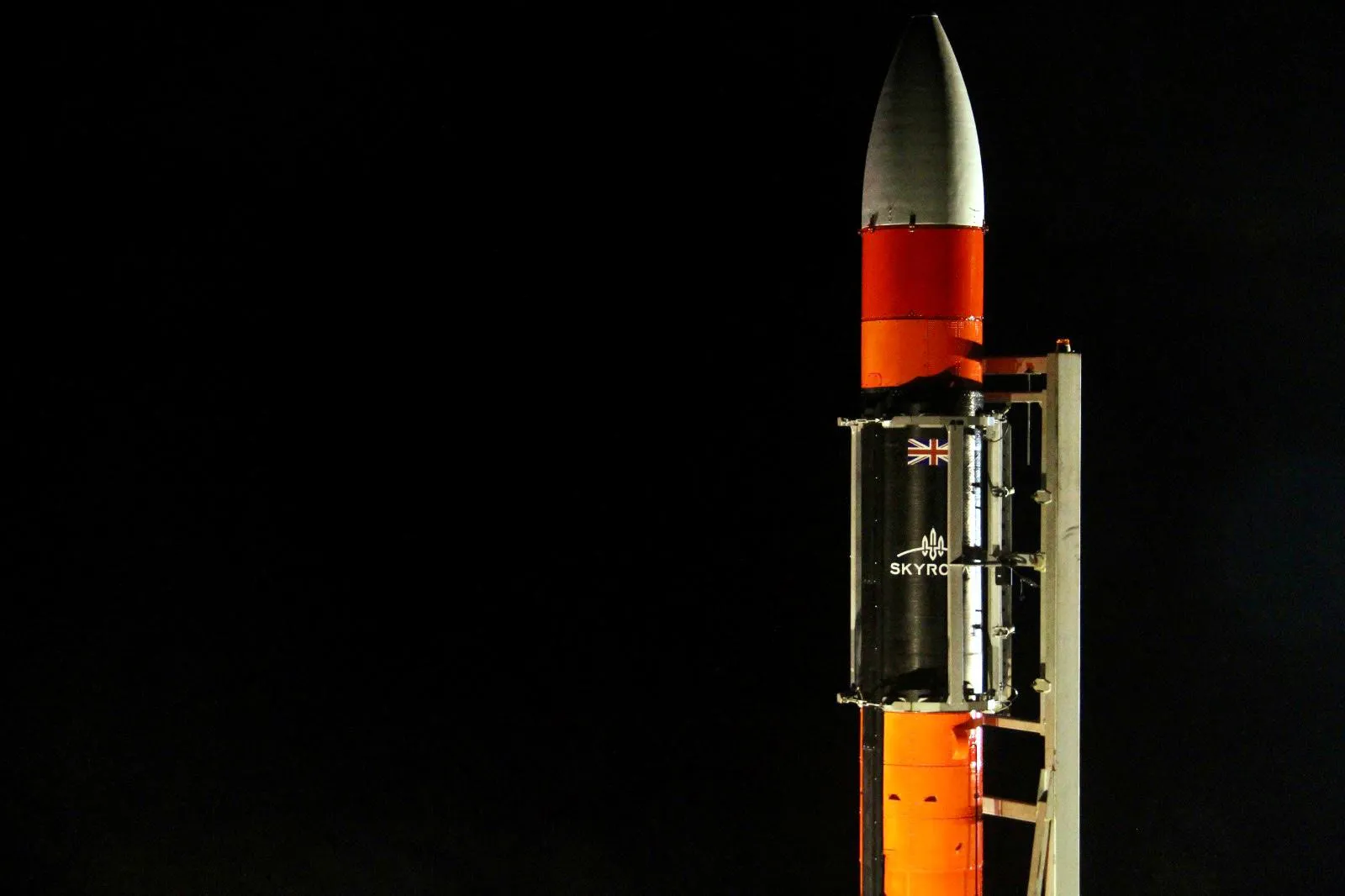Harnessing satellite technology for public health

Europe’s health care sector is increasingly facing multiplied challenges at the cross-roads of separate but interconnected trends. Among these, digital trends are pushing a sector that is known traditionally as being highly regulated and complex.
Economic and technological factors are changing the way medical practice is evolving. Trials have demonstrated how satellite telecommunications can allow doctors to monitor and treat emergency cases or long-term patients remotely.
MONITORING LIFE SIGNALS REMOTELY
This involves gathering data from Medtronic cardioverter defibrillators (or pacemakers) by collecting the data from the implanted sensors using an electronic reader. The information is then downloaded to a PC equipped with a satellite modem and connected to a small antenna which provides a satellite-based Internet connection. Physicians are then able to retrieve data from the PC at the patient’s home in less than 30 seconds.
After analysing this data, the physician is then able to give advice to the patient over the phone based on the information received. The patient would only be required to visit the surgery should their pacemaker need to be reprogrammed.
Patients with long-term heart problems with this set up are free to move around the world and be able to send data from the implanted sensor for their specialist to check at any time. This offers patients a new sense of freedom that can only improve their quality of life.
TREATING EMERGENCIES REMOTELY
Miniaturised sensing equipment can be used to send data to a medical centre by means of a satellite system during emergencies and in relation to disaster response and rescue activities.
ESA’s Disaster Emergency Logistic Telemedicine Advanced Satellite System or DELTASS, for example, is a space-based system designed to assist with disaster response operations and the management of medical aid in situations such as earthquakes, storms, and floods.
In such events, the satellite components may complement damaged terrestrial communications infrastructure. DELTASS allows the transmission of medical data directly from the disaster zone to medical or coordination centres, thus enabling mobile rescue services to co-ordinate their activities. It also enables real time tele-diagnosis through images by specialised medical doctors.
MEDICAL TELE-EDUCATION
Tele-education can assist health care workers in remote areas with medical tasks and monitoring for which they are not adequately trained for. Satellite communications can support the development of and access to tele-education, enabling a medical practitioner or even a patient, to access medical information.
This would allow for the improvement of knowledge and skills remotely, particularly where ground-based Internet or other means of communications are not available. This service may also provide longer-term education needs, where no local means are available.
EMERGENCY RESPONSE
A practical example of satellite and healthcare working closely together is the GoodSAM App, an app that connects people in cardiac arrest with nearby healthcare workers. It allows nearby health professionals to be notified should a neighbour need medical assistance for a cardiac arrest until the arrival of an ambulance.
This app can also locate the nearest defibrillator, and perform video calls between the ambulance underway and people performing CPR so that the medical professional can look at the individual in need of assistance, while putting a smartphone to their chest so that the censors in a smartphone can work out how people are breathing.
Administering CPR quickly is key for a positive neurological outcome, and this app which is a direct satellite application will improve cardiac outcomes. Through this, a dialogue between the satellite industry and medicine is being developed, and we are discovering what we can with satellite to continually improve patient care.
References:
1. Eurisy (2019), Satellite-based healthcare solutions: bringing services closer to patients
2. Mondaq (2011), UK: Satellite Applications: E-Health
3. The European Space Agency (2003), Using satellites for healthcare innovations
4. Via Satellite (2020), Leading Medical Experts Believe Need for Satellites in Healthcare Will Expand



